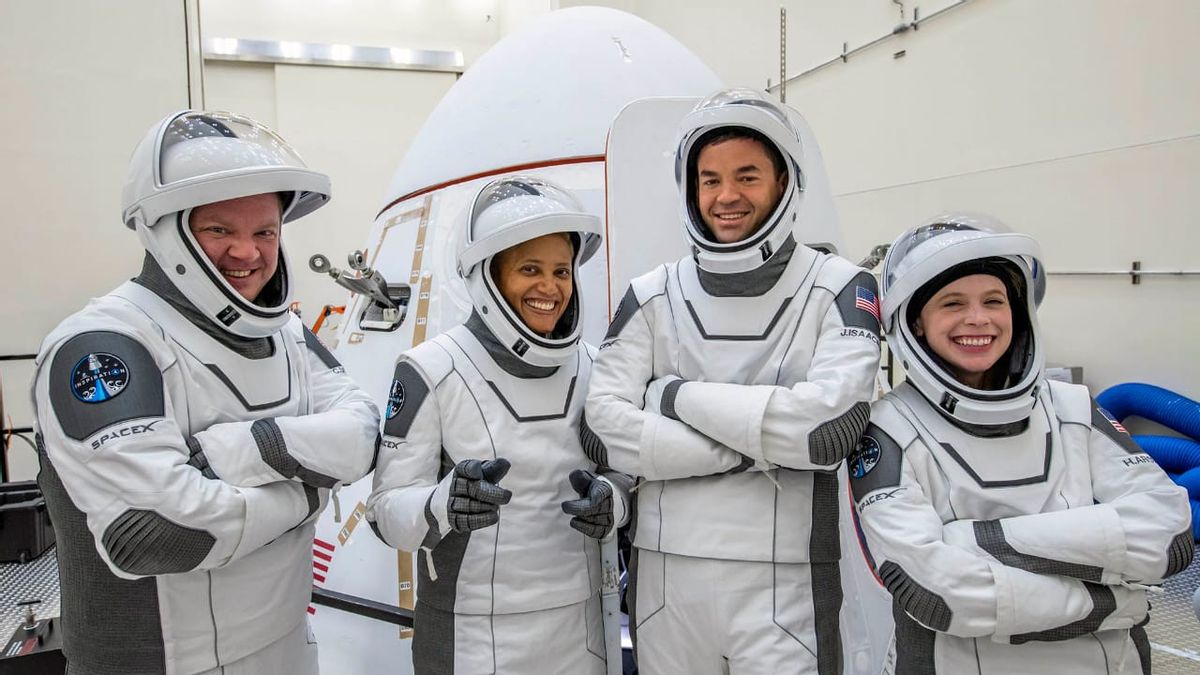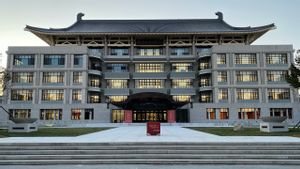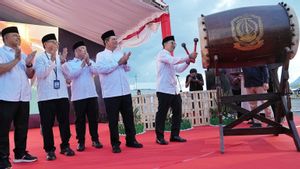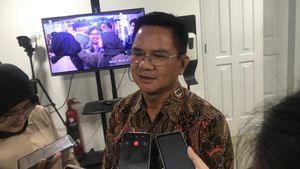JAKARTA - Next week, on September 15, SpaceX will launch a group of space travelers dubbed the Inspiration4 mission. This mission means that the first orbiters are all civilians.
Hosted and funded by Shift4 Payments founder Jared Isaacman for $200 million, the biggest difference between Inspiration4 and the flight it took off earlier this year is purpose.
Citing Space, Saturday, September 11, Blue Origin and Virgin Galactic took their passengers on a suborbital launch. Their vehicle was only high enough to reach the beginning of space before returning to Earth a few minutes later. However, the SpaceX Falcon 9 rocket and crew Dragon vehicle are powerful enough to carry the Inspiration4 crew into orbit, and they will circle the Earth for three days.
The Crew Dragon used was a vehicle called Resilience, which also flew on SpaceX's Crew-1 mission to the International Space Station (ISS) for NASA. Resilience will be making a solo trip this time, flying higher than the ISS before crashing into the Pacific Ocean.
This mission brings a fairly diverse group of people. One of the crew members, Sian Proctor, won a contest among people using online payment company Isaacman.
Another unique aspect of this mission is that one of its goals is to raise awareness and the funds to be donated to St. Children's Research Hospital. Jude. Another crew member is Hayley Arceneaux, assistant physician at St. Jude and a cancer survivor in his youth. The fourth member, Christopher Sembroski, won his seat when his friend was chosen in a charity raffle for St. Jude and offered his seat to Sembroski.
Since none of the four participants had any prior formal astronaut training, the flight was billed as the first all-civilian space mission.
While the rockets and crew capsules are fully automated, there is no one on board that needs to be in control of launch or landing. However, the four members still have to go through more training than people in suborbital flight.
In less than six months, the crew has gone through hours of training, jet flying lessons and spent time in the centrifuge preparing them for a G-force launch.
It is known, Inspiration4 has tried with mixed results to make space travel more enjoyable. Sending a crew of amateur astronauts into orbit is an important step in the development of space tourism.
However compiled from The Hindustan Times, there are serious obstacles that must be overcome before ordinary people can go into space. The cost is quite high. The need for training for missions like this also means that prospective passengers must be able to devote a lot of time to preparation. Then, space remains a dangerous place and there will never be a way to eliminate the danger of launching people either untrained civilians or experienced professional astronauts into space.
The English, Chinese, Japanese, Arabic, and French versions are automatically generated by the AI. So there may still be inaccuracies in translating, please always see Indonesian as our main language. (system supported by DigitalSiber.id)













